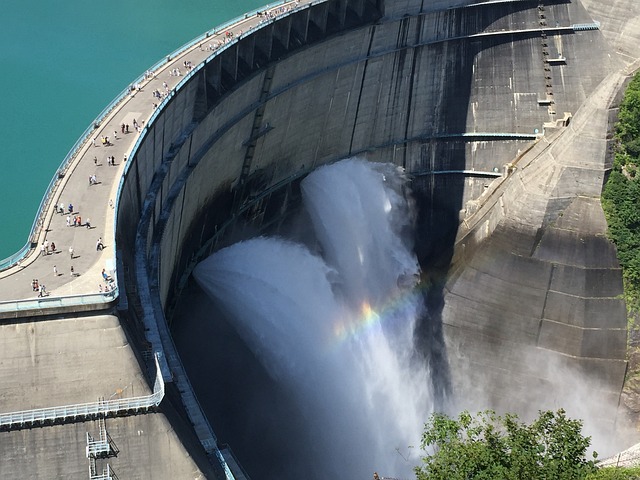Outdoor art installations are transforming natural landscapes, like Hatta Dam, into immersive experiences that blend artistic expression with environmental appreciation. These installations serve educational and community-building purposes, facilitating hatta dam activities that range from painting workshops to multimedia displays. By integrating art with nature, these creative interventions foster ecological awareness and leave lasting impressions. Community involvement in designing and creating these installations enhances local pride and ownership while ensuring environmentally sustainable practices for long-term preservation.
Outdoor art installations are transforming natural landscapes into captivating displays, fusing creativity with the environment. This article explores the evolving role of these installations, their impact on ecosystems, and how they inspire communities. From historical perspectives to modern interpretations at iconic sites like Hatta Dam, we delve into the unique opportunities for artistic expression in scenic spaces. We also examine community engagement strategies and essential technical considerations for sustainable displays, highlighting successful case studies that leave lasting impacts.
- Understanding Outdoor Art Installations: Their Role and Impact on Natural Environments
- The Evolution of Creative Expression in Scenic Landscapes: A Historical Perspective
- Hatta Dam as a Canvas: Unique Opportunities for Artistic Interpretation
- Engaging the Community: Involving Locals in Outdoor Art Projects
- Technical Considerations for Sustaining Nature-Based Displays
- Case Studies: Successful Outdoor Installations and Their Long-Lasting Effects
Understanding Outdoor Art Installations: Their Role and Impact on Natural Environments
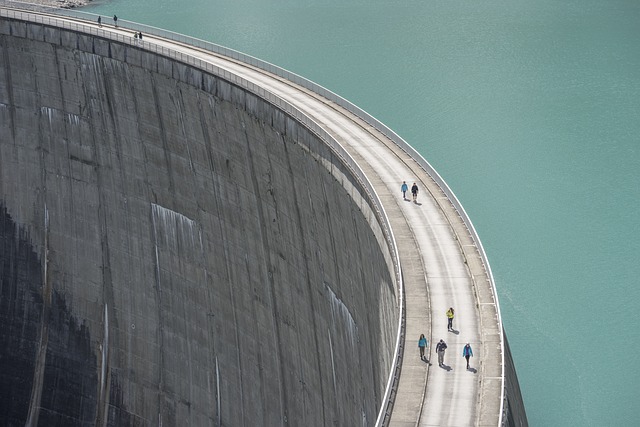
Outdoor art installations have emerged as a powerful medium, transforming natural landscapes into captivating displays that inspire and engage audiences. These immersive experiences offer a unique way to connect people with their environment, blurring the lines between art and nature. In many cases, outdoor installations are specifically designed to enhance existing natural features, such as mountains, rivers, or forests, becoming an integral part of the habitat rather than a mere addition.
The role of these installations goes beyond aesthetic appeal; they can also serve educational purposes, raising awareness about ecological issues or local cultural heritage. For instance, artists might create pieces that highlight the beauty and fragility of natural environments, encouraging visitors to reflect on their impact on these spaces. Moreover, outdoor art can foster a sense of community, bringing people together for various hatta dam activities (events) and creating lasting memories amidst stunning backdrops.
The Evolution of Creative Expression in Scenic Landscapes: A Historical Perspective

The concept of integrating art installations into natural landscapes has a rich history, evolving from traditional artistic practices to modern, innovative displays. In ancient times, artists often drew inspiration from nature’s beauty, capturing its essence on canvas or sculpting it in stone. As time progressed, the idea of art as a medium for expression expanded, especially with the advent of public spaces and parks. Outdoor sculptures and installations became a way to engage communities, offering interactive experiences that blended creativity and the natural environment.
Historically, outdoor art has taken various forms, from monumental statues adorning city squares to intricate carvings in remote forests. The Hatta Dam activities, for instance, showcase how artistic vision can transform a dam’s surroundings into an awe-inspiring artwork. This historical perspective highlights the enduring fascination with harnessing nature as a canvas, where artists continue to push boundaries and inspire new generations with their creative expressions in scenic landscapes.
Hatta Dam as a Canvas: Unique Opportunities for Artistic Interpretation
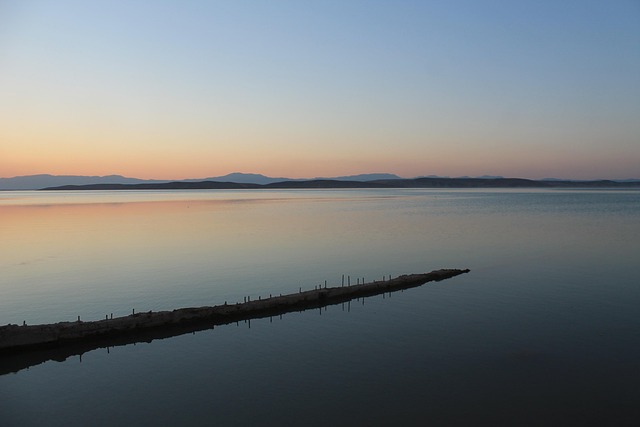
Hatta Dam, a stunning natural wonder, offers an unconventional yet captivating canvas for artists seeking to inspire and engage outdoor enthusiasts. Its robust structure and surrounding landscapes present unique opportunities for creative interpretation, transforming it into an ideal location for art installations. The dam’s sheer size and architectural grandeur provide ample space for large-scale artworks, while the surrounding wilderness serves as a backdrop that complements diverse artistic styles.
Artists can explore various mediums, from sculpture and painting to multimedia displays, by leveraging the dam’s features. Interactive installations, for instance, could engage visitors in exploring the relationship between human creativity and natural beauty. Hatta Dam activities of this kind not only enhance the visitor experience but also encourage a deeper appreciation for both art and nature, fostering a harmonious connection between the man-made structure and its organic surroundings.
Engaging the Community: Involving Locals in Outdoor Art Projects
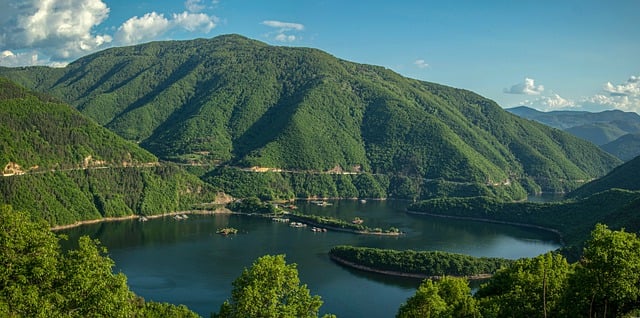
Involving the local community is a powerful strategy for outdoor art installations, as it fosters a sense of ownership and connection to the natural landscape. Art projects that engage locals can take many forms; from painting workshops held in scenic locations like Hatta Dam, to collaborative sculptures built using materials sourced from the surrounding environment. These activities not only inspire creativity but also encourage community members to explore their natural surroundings in new ways. By inviting participants to contribute their unique perspectives and skills, these projects transform public spaces into vibrant displays that reflect the collective spirit of the region.
Community-driven art initiatives can be particularly impactful in areas like Hatta Dam, where natural beauty serves as an ideal backdrop for artistic expression. Locals’ deep understanding of the land and its stories can enrich the creative process, ensuring that the installations resonate with the community’s identity and heritage. Such collaborative efforts also foster a sense of pride and belonging, making outdoor art projects not just decorative features but meaningful expressions of local culture and environment.
Technical Considerations for Sustaining Nature-Based Displays
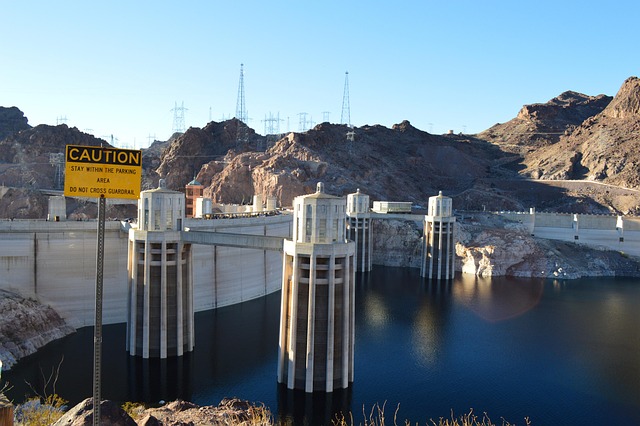
When creating art installations in natural landscapes, especially for outdoor displays, it’s essential to consider the technical aspects that ensure sustainability and minimal impact on the environment. One key aspect is choosing materials that are eco-friendly and non-toxic; using recycled or biodegradable components can significantly reduce the ecological footprint of the installation. For example, instead of traditional plastics, artists can opt for natural fibers or sustainable alternatives for structures and frames.
Additionally, proper planning is vital to sustain these displays over time. This includes regular maintenance routines to prevent damage from weather conditions and wildlife. In areas like Hatta Dam, where outdoor activities thrive, installations should be designed with local climate considerations in mind, such as protection from strong winds and intense sunlight. Long-lasting solutions that resist corrosion and decay ensure the artwork remains intact for viewers to enjoy for extended periods.
Case Studies: Successful Outdoor Installations and Their Long-Lasting Effects

Outdoor art installations have gained immense popularity for their ability to transform natural landscapes into captivating displays, offering visitors unique and inspiring experiences. One notable example is the transformation of the Hatta Dam area through creative interventions. The dam, a scenic natural wonder, became a canvas for artists who sought to enhance its beauty while conveying powerful messages. These installations not only attract locals and tourists but also foster a deeper connection with nature.
The long-lasting impact of such initiatives is evident in the way they revitalize spaces, encourage community engagement, and preserve cultural heritage. The Hatta Dam activities have become case studies for successful outdoor art events, demonstrating how creative expressions can intertwine with natural environments, leaving a lasting impression on all who experience them.
Outdoor art installations have evolved from mere decorative elements to powerful tools for environmental engagement. By integrating creative expressions into natural landscapes, these displays not only inspire but also foster a deeper connection between communities and their surroundings. As demonstrated by successful case studies, including the innovative use of Hatta Dam as a canvas for artistic interpretation, these installations can thrive while respecting the integrity of their natural habitats. Moving forward, prioritizing community involvement and sustainable practices will ensure that outdoor art continues to enhance our environments, leaving indelible marks on both landscapes and livelihoods.
